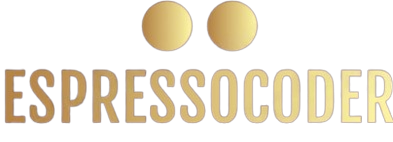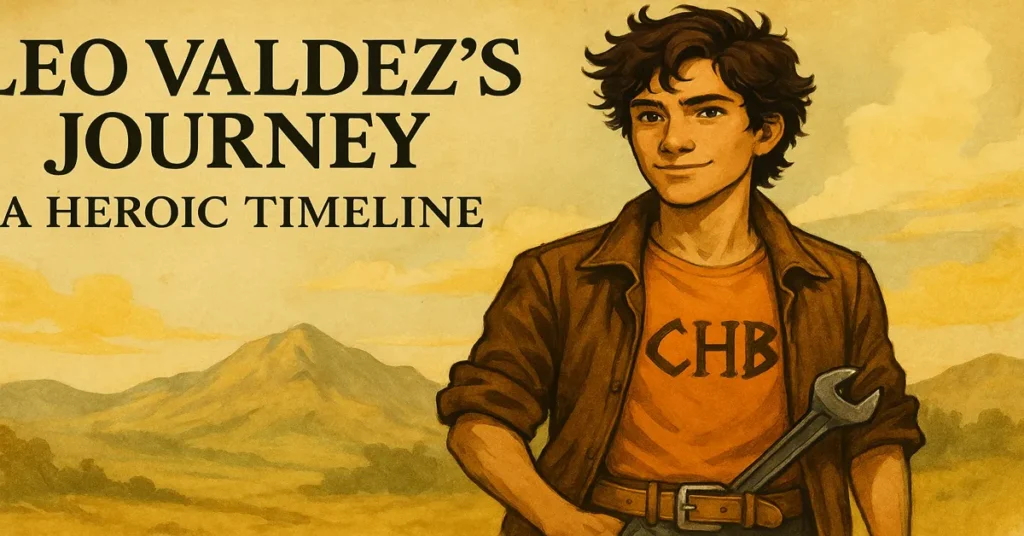The myths that once echoed through ancient halls have not disappeared. Instead, they have evolved, reshaped to reflect the needs, fears, and hopes of a new generation. Among these modern mythological figures stands Leo Valdez—an unlikely hero who combines humor, mechanical genius, and profound emotional strength in ways that classical heroes never quite managed.
Leo is not just another demigod battling monsters; he embodies the struggles of belonging, self-worth, and redemption. His story is a mirror for readers navigating the complexities of identity and resilience in an increasingly fast-paced, fragmented world.
This is the story of Leo Valdez: how he rose from a tragic childhood to become one of the most beloved and relatable figures in contemporary mythology.

Origins: A Childhood Marked by Loss and Laughter
From the very beginning, Leo Valdez was different.
Born to a mortal mother and the Greek god Hephaestus, Leo’s lineage guaranteed he would never lead a simple life. His early years were shaped by a volatile blend of neglect, tragedy, and raw genius. His ability to manipulate machines, often without even touching them, marked him as extraordinary—but it also isolated him from peers who couldn’t comprehend his innate talents.
When his mother, a kind-hearted engineer herself, tragically died in an accident, Leo’s young life fractured irrevocably. This foundational loss would become a central undercurrent of his journey, haunting him but also motivating his future choices.
Yet even in darkness, Leo’s defining trait—his irrepressible humor—flourished. Where others might have hardened, Leo deflected pain with jokes, wit, and boundless creativity. He learned early that invention could be a sanctuary, a way to build order from chaos.
The Invention of Leo Valdez: Mechanics as Metaphor
Unlike many heroes who wield swords or magical artifacts, Leo’s greatest weapon has always been his mind.
From an early age, he displayed a mechanical intuition so profound it often appeared magical. He could reassemble engines blindfolded, concoct improvised gadgets under impossible circumstances, and build machines with purposes far beyond their apparent design.
This inventiveness is not just a plot device; it is a profound metaphor. Leo’s ability to create, fix, and reimagine reflects the core human drive to heal, rebuild, and adapt. In a world where problems often seem insurmountable, Leo teaches readers that no situation is entirely hopeless if you have the courage—and creativity—to imagine a solution.
Humor as Armor: The Complexity of Leo’s Personality
On the surface, Leo Valdez’s relentless joking might suggest a shallow, happy-go-lucky spirit. But dig deeper, and it becomes clear that humor is Leo’s armor, a coping mechanism forged from grief and survivor’s guilt.
Psychologists note that humor can serve as both shield and sword: a way to process trauma while maintaining emotional distance. Leo’s wisecracks are not a sign of immaturity but of profound emotional intelligence. He disarms danger with laughter, diffuses tension among his friends, and, crucially, keeps himself afloat during moments that could otherwise drown him in despair.
Behind every joke is a question: If I can laugh at it, can it still hurt me?
In this, Leo’s character offers a powerful lesson in emotional resilience for readers of all ages.
Leadership Without a Crown: Leo’s Subtle Command
In a pantheon of leaders and warriors, Leo rarely claims center stage. He is not the captain of the quest, not the face on the prophecy’s banner. But leadership, real leadership, is often quiet, supportive, and essential.
Throughout his adventures, Leo proves that true leadership is not about glory; it’s about service. He fixes the ship when it is broken, finds solutions when others are stumped, and sacrifices without demanding recognition.
He leads by doing—not dictating.
In an age increasingly critical of authoritarian models of leadership, Leo represents a new ideal: the engineer-hero, whose value lies not in speeches or battles won but in the quiet moments of dedication that keep the whole enterprise afloat.
Love, Loss, and Redemption: The Heart of the Journey
Perhaps the most defining arc of Leo Valdez’s story is his search for connection and redemption.
Burdened by survivor’s guilt—believing himself responsible for the deaths he couldn’t prevent—Leo grapples with feelings of inadequacy and loneliness even amidst friends. His eventual love story, fraught with obstacles and separation, is not a traditional romantic arc but one of healing and mutual empowerment.
Leo’s relationship challenges the conventional “happily ever after” narrative. Love, for him, is not a rescue mission or a final prize; it is an ongoing process of growth, vulnerability, and mutual respect.
In reaching for love despite his fears, Leo mirrors the most timeless human struggle: the battle to believe oneself worthy of happiness.
Leo and the Archetype of the “Maker”
In ancient myths, blacksmiths and craftsmen often held a liminal place between gods and mortals. They were the builders of divine tools, the quiet architects behind heroic victories.
Leo Valdez inherits and modernizes this archetype.
He is a Maker in every sense—building machines, relationships, and futures from the raw materials of his experience. His powers are not flashy or destructive; they are creative. He embodies the belief that the act of creation is itself a form of rebellion against despair.
In an era defined by technological advancement and existential anxiety, Leo’s “maker mentality” speaks directly to contemporary audiences: innovation is survival, and imagination is salvation.
The Evolution of a Myth: Leo’s Enduring Legacy
As with all great mythological figures, Leo Valdez has evolved far beyond his original stories.
Fan communities, art, spin-off stories, and new interpretations continue to breathe fresh life into his character. Each retelling emphasizes different facets—his humor, his loneliness, his genius—revealing how deeply readers connect with his complexity.
In classrooms, Leo is often cited as a prime example of emotional resilience. In fan forums, he is celebrated as a model of authentic masculinity: vulnerable, nurturing, inventive. His legacy extends into realms far beyond traditional mythology, shaping conversations around identity, coping mechanisms, and the value of non-traditional forms of leadership.
Leo Valdez is no longer just a character.
He is an idea: that brokenness is not an endpoint but a blueprint for reinvention.
Conclusion: Leo Valdez and the Future of Storytelling
As the landscape of mythology continues to shift, Leo Valdez stands as a beacon for the future of storytelling.
His journey teaches us that heroism is not about invincibility but perseverance; not about isolation but connection. He reminds us that humor can be a radical act of defiance, that invention can be a sacred art, and that even those who feel lost or broken can become indispensable architects of hope.
In crafting Leo Valdez, modern mythmakers have done more than update an ancient tradition—they have expanded it, creating space for new kinds of heroes: ones who build, who heal, and who laugh in the face of overwhelming odds.
And perhaps, in a hyperconnected, often disorienting world, there is no hero more necessary than the one who teaches us to invent our way forward, together.







